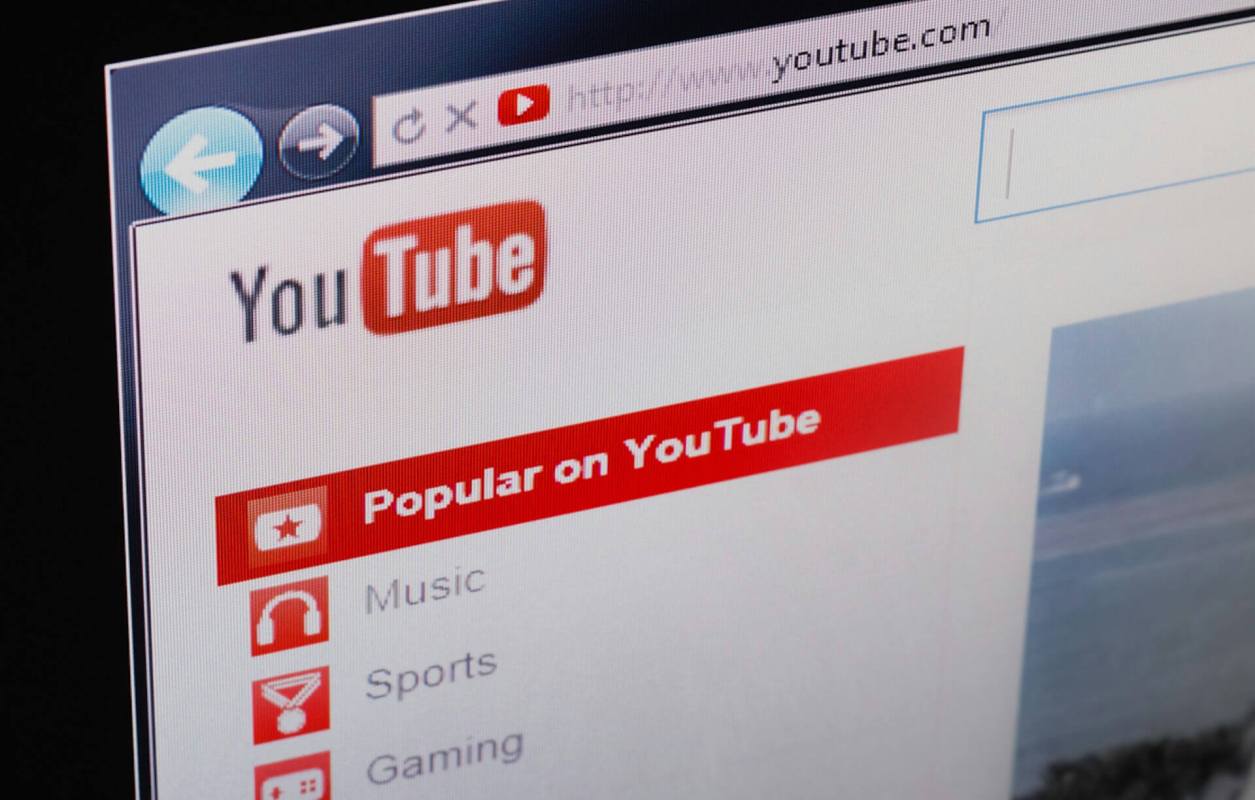According to a new report, YouTube channels promoting the denial of atmospheric pollution are raking in millions by exploiting loopholes in the platform's misinformation policies.
The analysis, conducted by the Center for Countering Digital Hate, found that climate denial content creators have switched to new tactics to evade explicit bans.
What's happening?
The CCDH used artificial intelligence to analyze over 12,000 videos from nearly 100 YouTube channels known for spreading climate misinformation. In the past, many of these channels falsely claimed rising global temperatures aren't real or aren't caused by carbon and methane pollution.
But now, a whopping 70% of climate denial content focuses on different messaging: attacking climate solutions as unworkable, claiming atmospheric pollution is harmless or even good, or painting climate science and activists as unreliable.
That's a big shift from just 35% of denialist content that took this angle five years ago, the report said.
"A new front has opened up in this battle," Imran Ahmed, chief executive of the CCDH, told Reuters. "The people that we've been looking at, they've gone from saying climate change isn't happening to now saying, 'Hey, climate change is happening but there is no hope. There are no solutions.'"
Why is climate denial concerning?
By skirting explicit policy violations, these channels can continue featuring ads and making money from their misleading content — up to an estimated $13.4 million per year, according to the report.
The messaging shift is insidious because it exploits the natural human tendency toward fatalism in the face of big challenges. Climate doomism can be just as harmful as outright denial, sapping the hope and motivation we need to forge solutions.
Climate misinformation sows public confusion and delays crucial action. Unchecked, it threatens to undermine the growing momentum behind climate solutions that can improve our health, security, and prosperity.
What's being done about climate denial?
YouTube says content that crosses the line into denialism is demonetized. However, the CCDH report suggested that the line needs to be redrawn to prevent channels from taking advantage of loopholes.
"Debate or discussions of climate change topics, including around public policy or research, is allowed," a YouTube spokesperson told Reuters. "However, when content crosses the line to climate change denial, we stop showing ads on those videos."
For its part, the CCDH hopes its AI analysis can help the climate movement stay ahead by combating misinformation as its messaging morphs and adapts.
As for the rest of us, we can fight back by uplifting factual, solutions-focused climate content and thinking critically about the messages we consume and amplify. Together, we can build an internet — and world — where truth and progress thrive.
Join our free newsletter for cool news and actionable info that makes it easy to help yourself while helping the planet.









